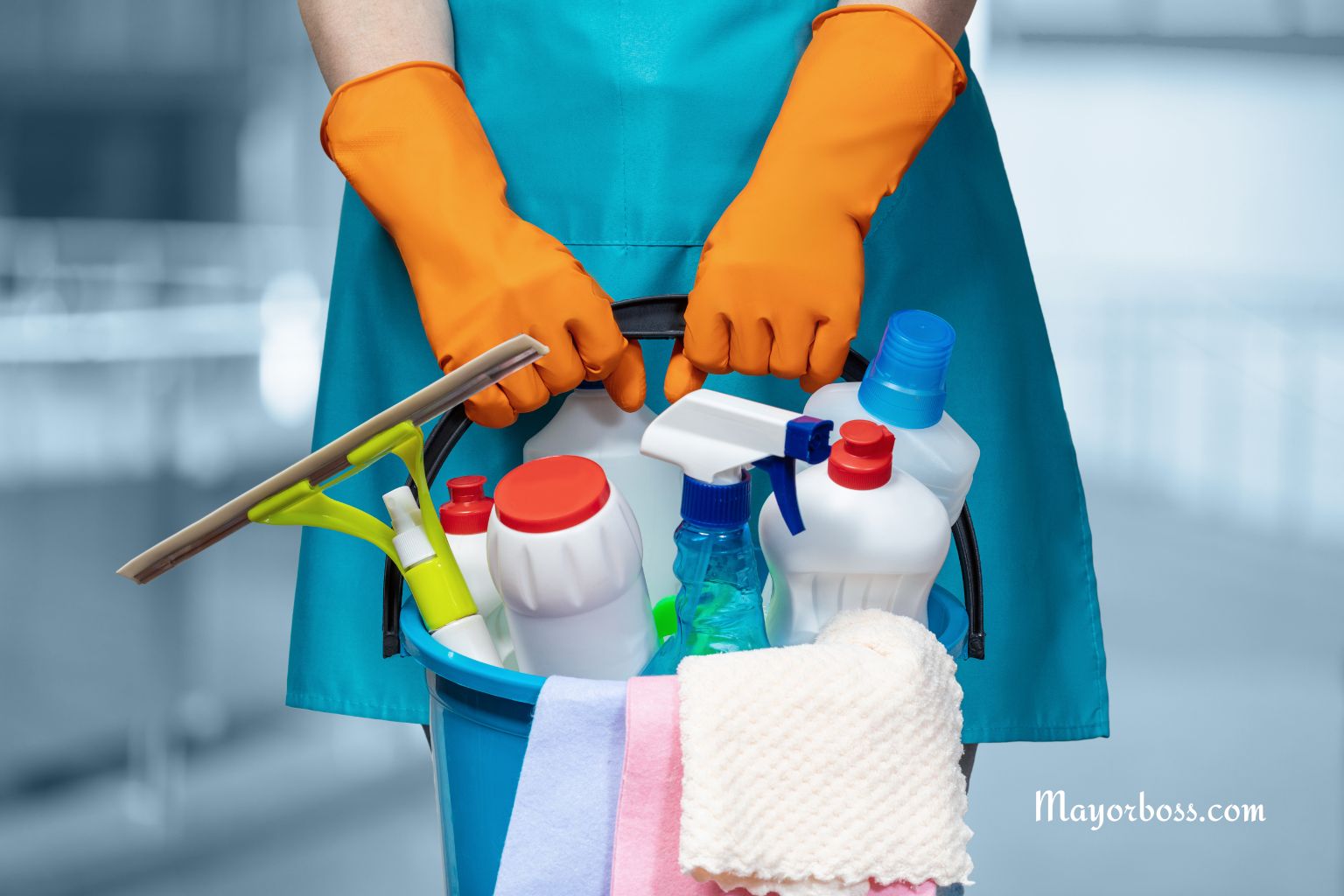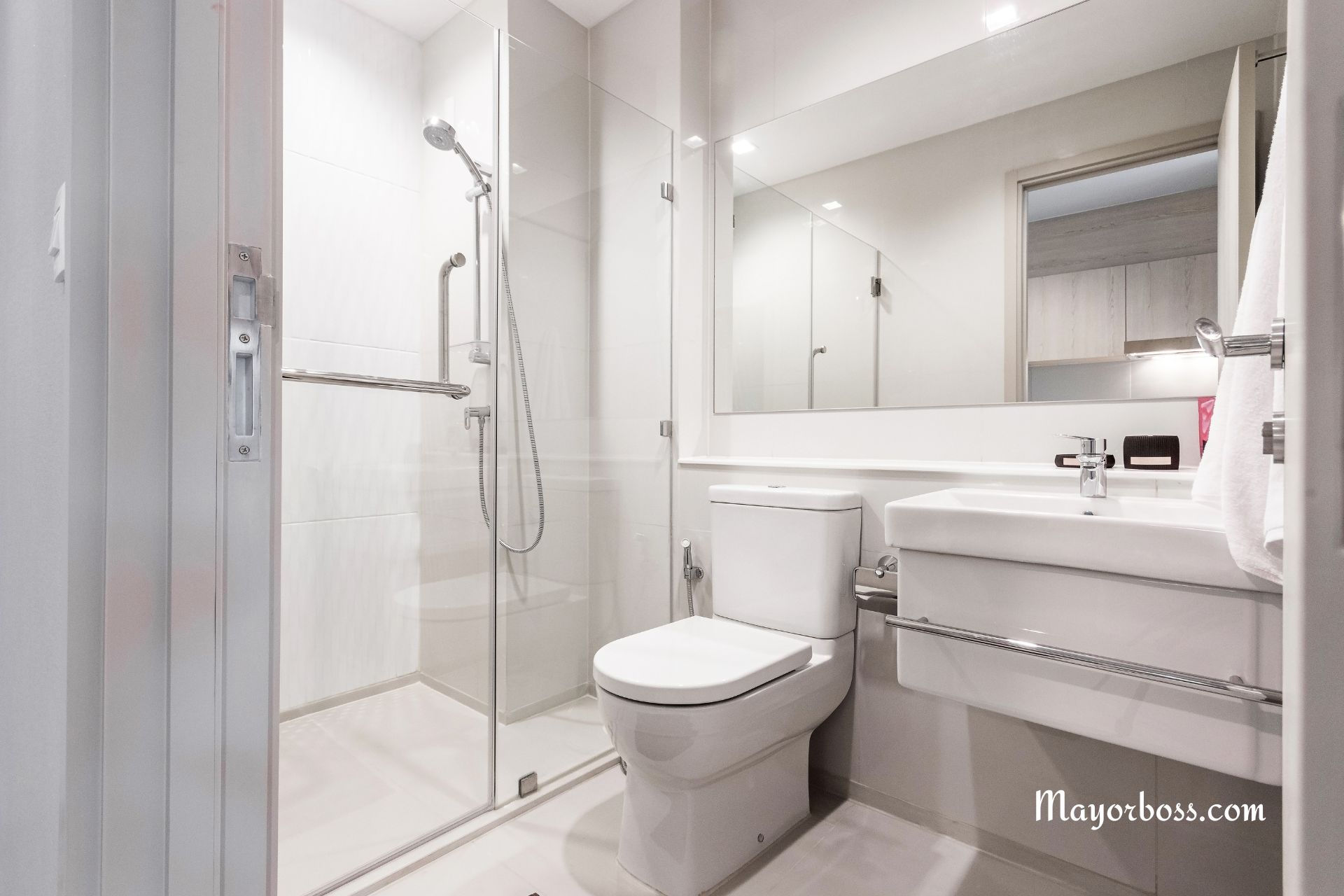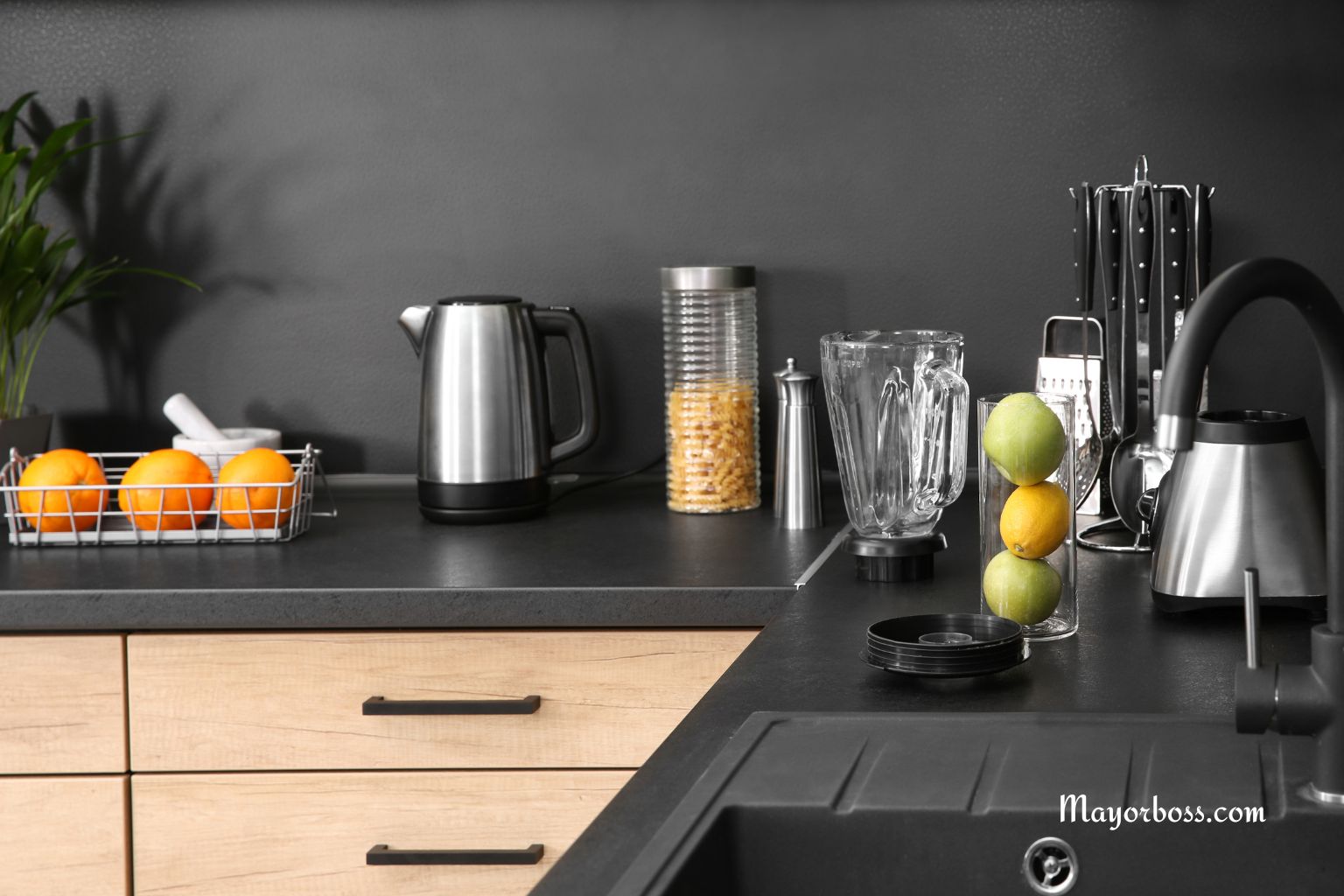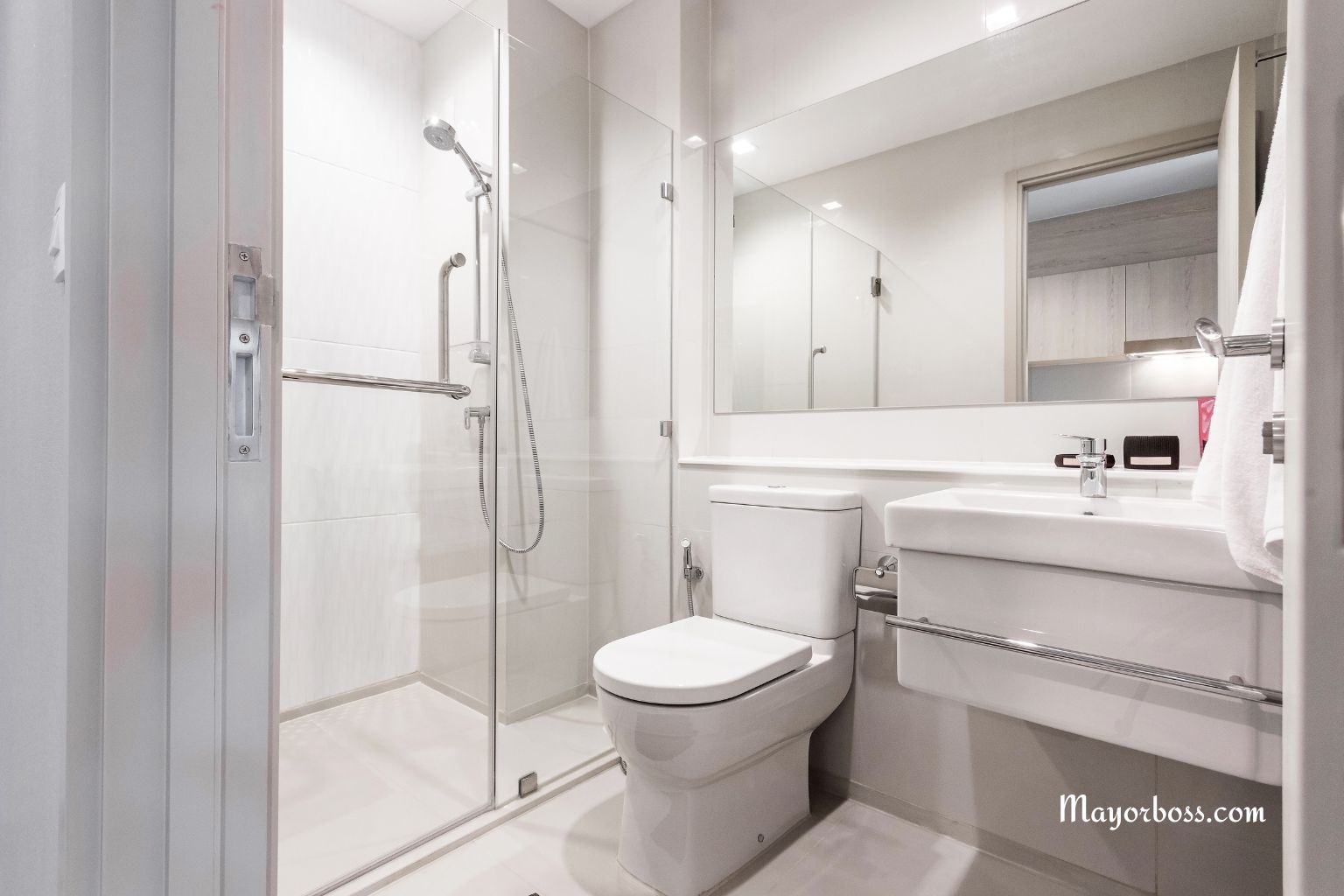7 Houseplants That Will Blossom in Your Kitchen
Certain houseplants thrive in kitchens because they can handle humidity, varying temperatures, and indirect light. The best kitchen plants add color, purify the air, and are easy to care for, even if you’re not a gardening expert.
Have you ever wanted to bring a bit of nature into your kitchen? You’re not alone. Many people crave a touch of green where they cook and gather with family. The good news is that some houseplants thrive in kitchen conditions. These plants love the moisture from cooking and don’t mind the changing temperatures that come with boiling water or baking bread.
Here are seven houseplants that do well in a kitchen, brighten the space, and are simple to care for, even if you’re new to plants.
1. Spider Plant
Spider plants are perfect for the kitchen. They are famous for their arching leaves and the tiny “babies” that dangle from the mother plant. Spider plants are tough. They don’t mind low light or the occasional missed watering. Their roots store water, so they forgive a bit of neglect. Place them in a hanging basket near a window or let them sit on a shelf.
2. Pothos
Pothos is a champion of low-maintenance plants. You can put it in a pot, a hanging basket, or even a glass of water. Its vines grow quickly, and the heart-shaped leaves add life to any space. Pothos does not demand much light. It grows just fine under fluorescent lights or in indirect sunlight, making it perfect for kitchens with small windows. Plus, pothos helps clean the air—a bonus for any cooking space.
3. Herbs (Basil, Mint, and Parsley)
Kitchen herbs are a win-win. They look beautiful, and you can use them in your meals. Basil, mint, and parsley all grow well on a sunny kitchen windowsill. These herbs like regular watering and a bit of morning sun. Pick the leaves as needed, and the plant will keep growing back. Fresh herbs at your fingertips can transform your cooking and make your kitchen feel alive.
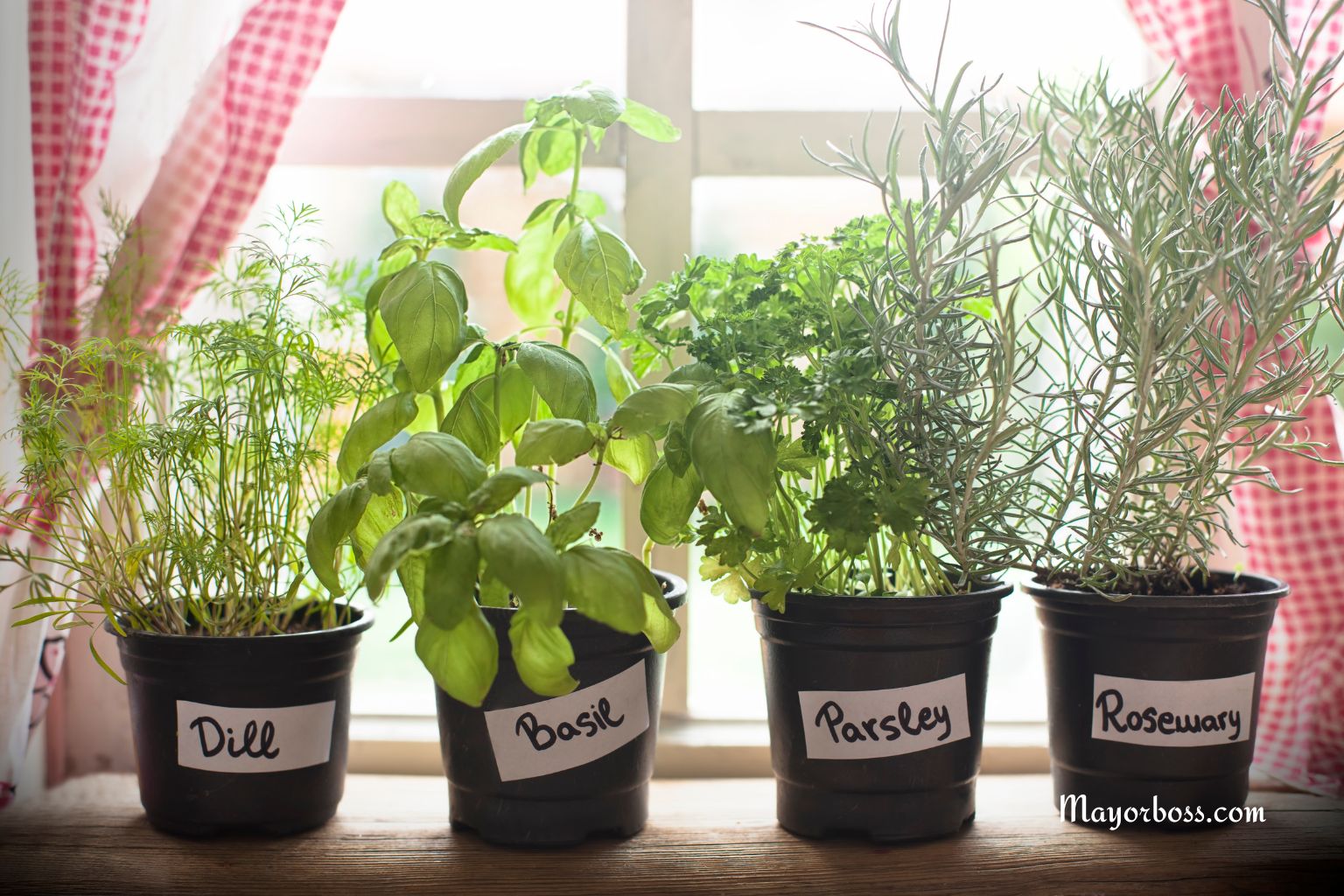
4. Peace Lily
The peace lily is elegant and practical. Its dark green leaves and white blooms bring calm to any kitchen. Peace lilies enjoy indirect light and can handle the humidity from cooking. They need watering about once a week. Just keep the soil damp, but not soggy. Peace lilies also help filter toxins from the air, supporting a healthier home environment.
5. Aloe Vera
Aloe vera is more than just a pretty plant. It’s useful to have on hand for minor burns or cuts in the kitchen. The thick, pointed leaves store water, so aloe vera only needs watering once the soil has dried out. Place it near a sunny window. Aloe is low-maintenance, hardy, and gives your kitchen a clean, modern look.
6. Snake Plant
Snake plants are famous for their upright, sword-like leaves and resilience. They don’t need much light or water, making them ideal for kitchens with less natural light. Snake plants help purify the air by removing toxins. Set one on the floor in a corner, or use a smaller pot for your countertop.
7. African Violet
African violets bring a splash of color to your kitchen windowsill. These small plants have soft, fuzzy leaves and beautiful blooms in shades of purple, pink, or white. African violets like bright, indirect light and moist soil. Keep the leaves dry when watering to prevent spots. With the right care, they can bloom several times a year, adding charm to your space.
Caring for Kitchen Houseplants
You don’t need to be a gardening expert to keep kitchen plants healthy. Here are a few quick tips:
- Light: Most kitchen plants prefer bright but indirect light. A windowsill or spot near a window works well.
- Water: Let the top inch of soil dry before watering most houseplants. Herbs may need more frequent watering.
- Humidity: Kitchens are often more humid, which many plants love. If your kitchen is dry, mist the plants occasionally.
- Airflow: Make sure air can move around the plants. Don’t crowd them together.
- Cleaning: Wipe leaves gently with a damp cloth to remove dust, especially in a busy kitchen.
Why Houseplants Are Great for Your Kitchen
Adding houseplants to your kitchen is about more than decoration. Research shows that plants can:
- Purify the air by removing common toxins
- Improve mood and reduce stress
- Boost focus and creativity
- Create a welcoming, relaxing environment.
FAQs
1. Which houseplants are safest for kitchens with pets?
Spider plants, basil, and some varieties of ferns are safe for cats and dogs. Always check a reliable source, as some plants can be toxic to pets.
2. How do I prevent mold in kitchen plant soil?
Use pots with drainage holes, avoid overwatering, and make sure air circulates around the plant.
3. Can I grow houseplants in a windowless kitchen?
Yes. Snake plant and pothos tolerate low light well. Consider using grow lights if there’s no natural light.
4. How often should I fertilize kitchen houseplants?
During the growing season (spring and summer), use a balanced houseplant fertilizer every 4-6 weeks. Herbs may benefit from a bit more.
5. Why are my plant’s leaves turning yellow?
Yellow leaves often signal too much water or not enough light. Check your watering routine and move the plant closer to a light source if needed.

